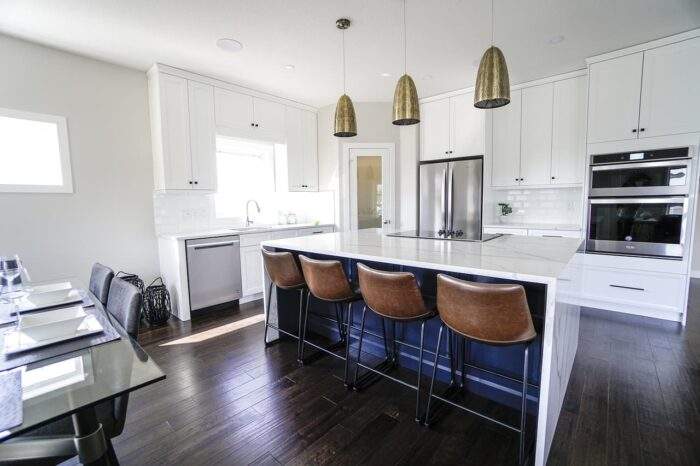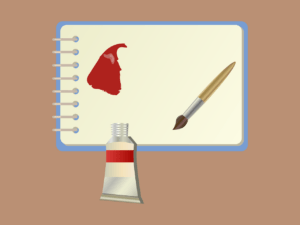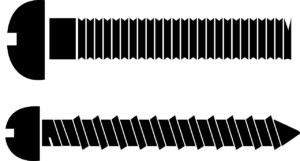5 Signs that Shows Your Hardwood Flooring Requires Refinishing
Today people spend a considerable amount of time and money in interior decoration and modernizing the interiors of their homes. The flooring of the home has tremendous scope in terms of interior décor. Hardwood flooring is elegant and desirable which enhances the look and character of the entire house. When installed perfectly, hardwood flooring improves the overall look of the house and adds to its elegance. However, you need to keep a constant lookout for stains, stretches and other visible marks on the floor to decide when to refinish the floor again.
Common Signs that Demand Hardwood Refurbishing:
Most of us refurbish our home interiors with wood, especially the floor. Wood looks elegant on the floors and also offers insulation against cold and heat. It keeps us cozy within the comforts of our home but no matter how hard we try, it is impossible to keep the surface as good as new for a longer period. Irrespective of the efforts in maintaining the floors in perfect condition, sooner or later, they will depreciate and show the changes as well. What are the common signs of wooden flooring wearing off? It is possible to fix them by mere refinishing or should have to replace the entire hardwood flooring? Let’s see
- Scratches On the floor:
If you see a lot of scratches on your wooden floor, especially when the scratches are worn off through the stain then yes it is time to go for the wooden refinishing process. The intensity of the scratch also depends on the concentration of the stain. Darker stains leave deeper scratches.
When the floor is filled with a large volume of unsightly scratches, especially in areas that cannot be covered up by a rug, then it is time you contact your agent for refinishing the hardwood flooring. While most scratches can be eliminated with simple wood refinishing, large gouges, which are deep cuts on the wood surface, needs to be treated differently. The most popular way to eliminate gouges is to replace that wood in that area with a new piece of the same color or pattern.
- Grayish Discoloration of the Hardwood Floor:
If you find the hardwood floor turning grayish then it is definitely time to refinish the floor surface. For if you do not act quickly, it is going to result in further damage. When the stain on your wooden floors thin down, it makes it possible for the wood to absorb water from your boots, pet’s paw, any spills, and rainwater leak. As the wood keeps on absorbing the water it turns grayish in color. The longer you take to fix water damage on hardwood flooring the more severe the damage will be. A trained professional can be hired to drain the water from inside the wood and once it is dry, stain and seal the floor to prevent water seepage.
If the repair is not initiated quickly, then the wood will likely turn darker and turn black. At this point, the only option we have is to replace the entire floor, and sanding won’t work anymore.
- Wooden Floor Boards are Already Black in Color:
You have no other option rather than to go for a complete hardwood flooring rework if the wooden boards have already turned black from repeated and frequent water exposure. As a homeowner looking for a cost-effective means of managing the damage, you might be tempted to either paint the entire floor in dark colors to camouflage the stain or replace the damaged sections with new boards and weave them together. However, it is suggested to replace the flooring to stop the damage from spreading to the walls.
- Sun Damage to Hardwood Flooring:
Fading of hardwood flooring is common when it is exposed to the relentless heat. Sun damage is common to all the households items but is applicable more for the floors and walls of our home. To counter the fading of the floor surface, owners opt for refinishing to keep the gleam intact and also to protect the wood from the Sun’s heat. Fading of hardwood floors generally occurs on the area located near the windows and the porch that receives plenty of sunlight. Sanding and refinishing are, however, enough to counter this issue. The process will remove the top layers of the wood and you can coat the wooden floor with a new stain.
In Conclusion:
Yes, we heard you. Sanding and refinishing are not just the only options to fix damaging wooden floors. Occasionally, these damages could be the result of the dullness in the finish of the flooring. In such instances, recoating of the stain will be sufficient. This procedure is less messy, can be completed easily, is minimally invasive and cost-effective as well.








